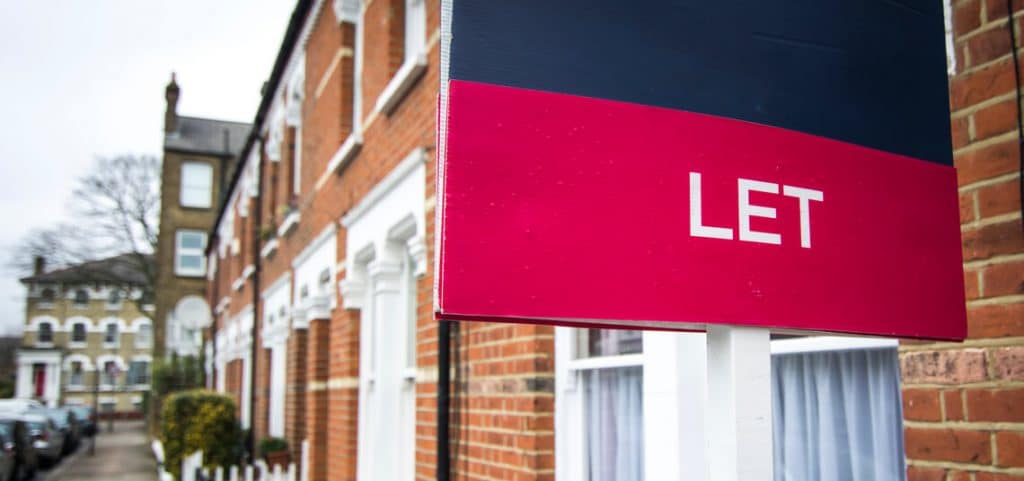The initial rate, also known as “initial term cost”, allows lenders to set a specific interest charge over an agreed period of time on your mortgage. That initial term cost is regulated by the Financial Conduct Authority (FCA), and the average rate is set depending on the length of the fixed term, eg: 2, 5 years, 10 years, lifetime etc.
For many, however, the initial rate can be confusing, especially if you agree to pay a mortgage back over 25 years but are presented with different rates during that time span.
In this article, we’ll explain the fundamentals behind the initial term period and why it’s handy to understand how it works before signing up for a mortgage.
What is the initial term cost?
In layman’s terms, the initial term cost is the rate charged during the introductory period of a mortgage or any other loan. The rate you pay depends on the lender and can last anywhere between one month and 10 years – though initial rates between two, three and five years are far more common in the mortgage world.
During this period, which is at the beginning of the mortgage, the rate is lower than the Standard Variable Rate (SVR), or as we call it, “the follow-on rate”. Once the initial term period finishes, borrowers switch to the SVR – which is a higher rate set by the lender for the remainder of the mortgage term.
It’s important to note that initial low rates can also come loaded with product fees of £2,000 or more, so you should check with the lender to see if there are product fees and how much they cost. The product fee is typically added to the loan amount. The majority of borrowers compare the initial rate and fees between lenders to work out which is the most cost-effective choice for them.
What is the purpose of an initial rate mortgage?
Paying back a large sum of money over a sustained period is a significant commitment. With the initial rate mortgage, however, you only pay lower payments for a set amount of time. Then, by choosing to remortgage at the end of the initial rate period, you have the opportunity to find yourself an even better mortgage deal with lower payment terms, then the product you were previously on.
If you don’t remortgage once you reach the end of your initial rate period, you will be switched over to the Standard Variable Rate, and this is where costs become much more expensive.
For example, you could borrow £150,000 at an initial rate of 1%. This would see you paying around £1,300 per month for your mortgage during the initial term cost. Once that’s finished, however, your payments would increase to around £1,750 when the rate ends . That’s why most people choose to remortgage once their initial rate mortgage expires.
What happens when the initial rate is over?
While the majority of initial rates are fixed throughout the introductory period, the SVR is linked to a market benchmark rate – usually Interbank Offered Rates (IBORs), including the London Interbank Offered Rate (LIBOR) or the Bank of England base rate. Often, this rate can be twice as high as the initial rate, so it’s in borrowers’ best interests to remortgage before they reach the end of their initial rate period. A surprisingly high number of borrowers don’t remortgage before the switch, simply because they haven’t been educated by the lender.
The role of the Annual Percentage Rate of Charge (APRC)
The Annual Percentage Rate of Charge is the total cost of a mortgage, including the initial rate, associated fees, and the Standard Variable Rate, calculated over the full-term or life of the mortgage. It calculates the cost of the mortgage over its entire lifetime as a percentage, which is then useful for comparing different products.
For a more in-depth explanation of what the Annual Percentage Rate of Charge means to your mortgage, check out our True Cost of Mortgages article.
Initial rates in context
While it’s important to find a deal with a low initial rate, you should always take other factors into account, such as the associated fees, the Standard Variable Rate and the overall mortgage length when choosing the right mortgage product for you.
Having an overview of the entire picture will help you make the best mortgage choice to match your needs.



